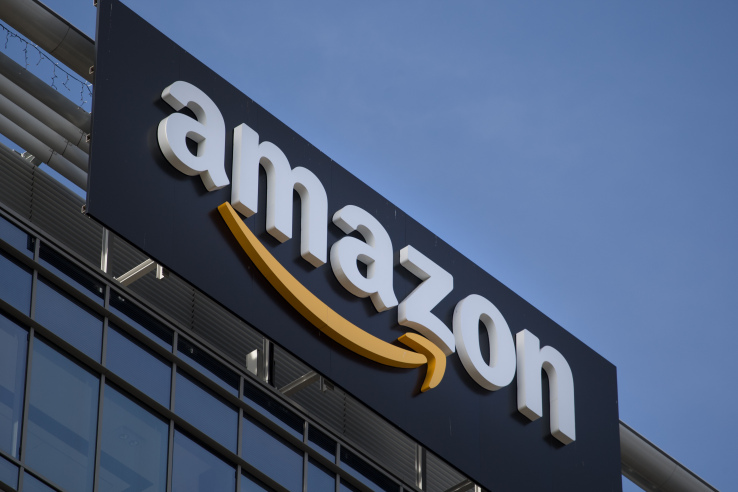
Bank of Amazon could woo 70 million US customers within five years
Bain and Co, estimates that a banking service from Amazon could swell to more than 70 million US customer accounts within five years, equalling the size of the country’s third largest bank, Wells Fargo.
For Amazon, a banking tie-up would enable the firm to skirt regulatory barriers, but it may also act as a Trojan Horse, enabling the firm to save on interchange fees and move into other more lucrative financial products.
By making it easy for customers to pay right from their Amazon bank account instead of with their credit cards, Bain & Company estimates that Amazon could avoid more than a quarter of a billion dollars in annual interchange fees in the US alone.
The 70 million customer figure assumes that Amazon forges a financial relationship with up to half of its customer base, the same share of people who said in a recent Bain survey that they expect to buy a financial product from a major technology firm over the next five years.
States the consultancy: “Once Amazon has established a cobranded basic banking service, we expect the company to move steadily but surely into other financial products, including lending (both purchase financing and debt consolidation), mortgages, property and casualty insurance, wealth management (starting with a simple money market fund to hold larger balances), and term life insurance.”
Bain points to the successs of e-commerce giants like Alibaba in China and Rakuten in Japan in penetrating banking strongholds, using their vast data sets to expand their brands into new markets and build strong financial relationships with customers.
As Amazon expands its banking reach, the greatest latent demand exists in countries such as India and Mexico, suggests Bain, where the banking experience, especially in branches, is time consuming and cumbersome and mobile banking is still nascent. Both of those countries are key secondary markets for Amazon, says the consultancy, and the company can be expected to expand in its other core markets, including the UK, Germany and Japan.
“For bank executives and board members, this is a watershed moment,” suggest Bain. “Amazon’s entry takes the competition into a different league. Consumers’ expectations keep rising as people grow accustomed to simple, convenient digital channels perfected by digital natives such as Amazon. If banks don’t reorient their approach and radically accelerate their rate of progress, they will watch technology firms steadily poach their business. At first, it will be the unprofitable slice that no one wants. Then the rest of the pie.”





